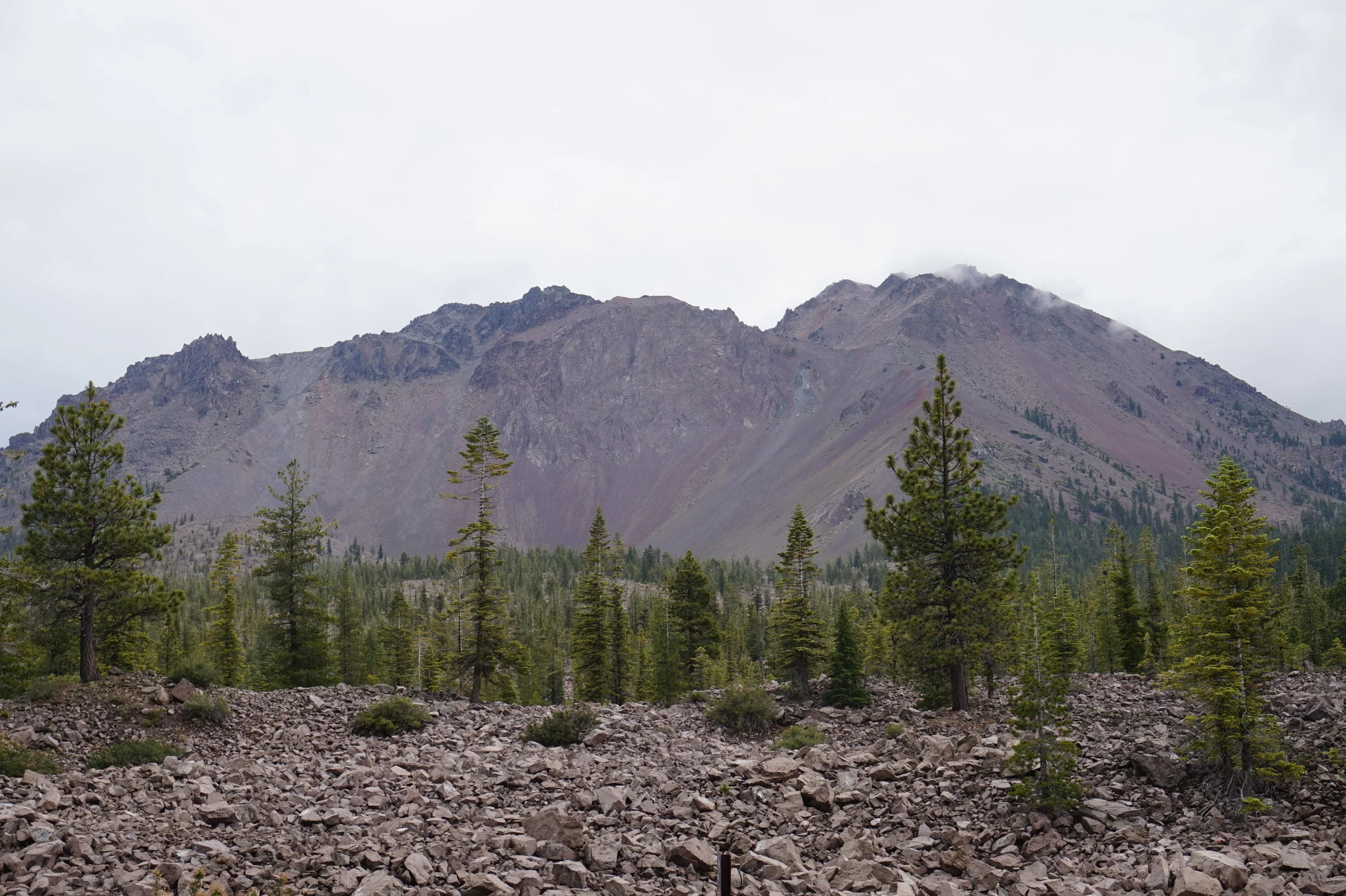Flagstaff. Once again, I was sitting in the same booth at the Campus Coffee Bean. It was the closest thing to feeling "at home" I'd felt since I left. Moving around from place to place makes it hard to develop any sense of familiarity for which I rejoiced in as I ordered the same gyro for a second time. To top it off, I camped out in the same forest that night. For someone who generally does poorly with routine, I was craving it.
The next morning though, the adventure had to continue on. I was to cross into a state I'd visited practically every year of my early life and many times in my adult life. This time though, I wanted my experience to be different. And indeed, it turned out to be a wonderful time.
Joshua Tree National Park
Crossing the desert between Arizona and into Southern California was rather uneventful. The only thing stopping me from flooring it was that the highway was as wavy as a strip of bacon. It felt somewhat like an amusement park ride as the dips were large enough to cause me to feel the inertia in my stomach. Just as I resigned myself to endless desert, this happened.
Yes, I turned around just to take this picture...
As I neared Joshua Tree National Park, I kept wondering if my GPS had lead me astray. I could see I was driving right along the park, but there weren't any trees. I passed by a shell of a town and I wondered why anyone had ever tried to eke out an existence there. The park's Visitor Center was actually outside the park which was a new experience for me.
The weather at the Visitor Center was windy, hot, and extremely humid for being in the desert. The ranger told me that the weather was actually the best kind of weather for Joshua Tree since it usually gets much much hotter. Okay...I'll take less stifling over more stifling.
Joshua Tree NP is a strange place and like nothing I've seen in all my travels. It's similar to Saguaro NP in that people go to see a cactus. But, you know what a saguaro looks like because it's in every picture of appropriated Mexican culture: tequila, sombrero, cactus with two arms. The first thing I thought when I saw a Joshua Tree was: Wookiee. The second thing was that it looked like the tree version of a yucca plant. The latter turned out to be a pretty accurate description of what a Joshua Tree is.
Banana Yucca
Joshua Trees!
The Joshua Tree is not actually a tree even though it acts like one. It's a giant yucca. The Mormons got this one wrong just as they named Cedar Breaks incorrectly. The inside of the Joshua Tree is made of fibers which don't grow in rings, making them almost impossible to date. Their root systems are shallow and can radiate over 30 feet around the tree. And, they are super picky in where they grow. Mojave desert or bust!
Inside a Joshua Tree
Joshua Trees aren't the only plants that make up this alien landscape. There are groves of cholla and ocotillo. Actually, there are over 750 species of vascular plants in the park, but my favorite were definitely the cholla. You can read a little about the cholla in the Sonoran Desert in The Arizona Circuit: Saguaro National Park (Part 4).
In the right light, these cholla glow!
In the end, the weather turned out to be more than perfect. It was sunny and cool inside the park and I enjoyed exploring the sights.









